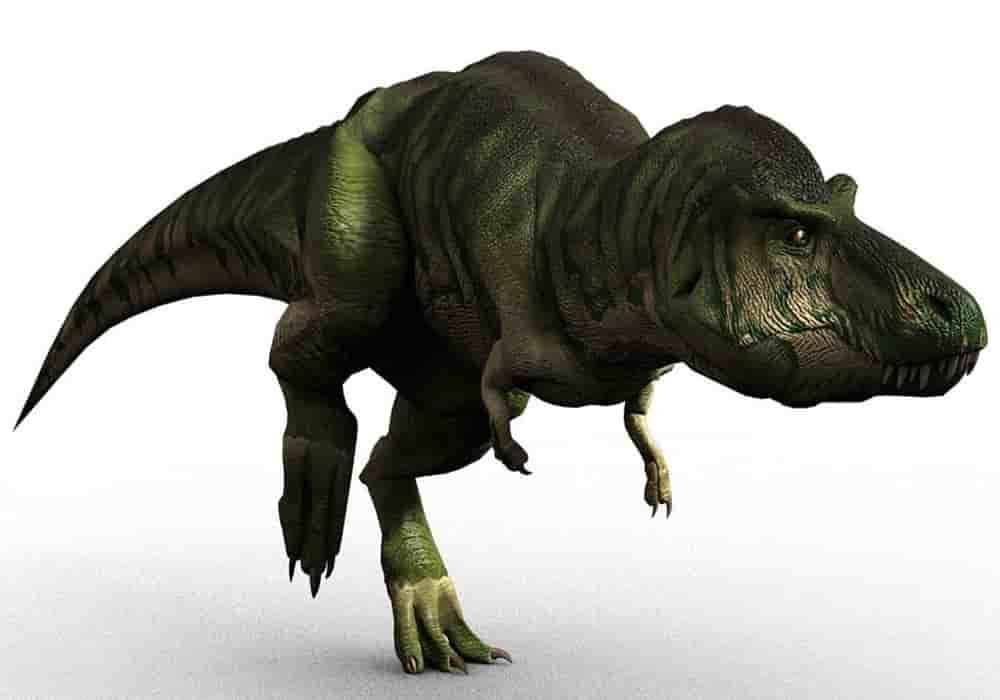Malacology: The Study of Mollusks
Malacology is a branch of invertebrate zoology dedicated to the study of mollusks, a diverse group of soft-bodied animals that includes snails, clams, octopuses, and squids. Mollusks are the second-largest phylum of animals in terms of described species, with over 85,000 known species. This field encompasses the study of their biology, ecology, evolution, and taxonomy (Natural History Museum) (Burke Museum).
Historical Background
Malacology has a rich history dating back to ancient times, but it became more formalized as a scientific discipline in the 19th century. Notable malacologists like Thomas Say, Isaac Lea, and Henry A. Pilsbry contributed significantly to the development of this field through extensive research and collection of specimens (Academy of Natural Sciences).
Importance of Mollusks
Mollusks play crucial roles in various ecosystems. They serve as a food source for many animals and humans, act as bioindicators of environmental health, and contribute to the economy through fisheries and the shell trade. Studying mollusks helps scientists understand biodiversity, evolutionary biology, and environmental changes (Burke Museum).

Examples of Gastropods A.Cassis madagascarensis (Cassididae), B.Charonia variegata (Cymatiidae), C.Chicoreus brevifrons (Muricidae) D.Tonna galea (Tonnidae), E.Nerita pelotonta (Neritidae), F. Tonna maculosa (Tonnidae), G.Turbinella angulata (Turbinellidae), H.Turritella variegata (Turritellidae), I.Vasun muricatum (Turbinellidae). Luis Ruiz Berti, CC BY-SA 4.0, via Wikimedia Commons
Malacology: Discovering the Diversity of Mollusks
Malacology is the branch of invertebrate zoology that focuses on the study of mollusks, which include a diverse array of creatures such as snails, slugs, clams, octopuses, and squids. This field encompasses the anatomy, behavior, ecology, evolution, and taxonomy of these fascinating animals (Wikipedia) (Natural History Museum).
The Diversity of Mollusks
Mollusks are one of the most diverse groups of animals on the planet, second only to arthropods in terms of species richness. They are classified into several classes, each showcasing a unique set of adaptations and lifestyles:
- Gastropods: This class includes snails and slugs, both marine and terrestrial. Gastropods are known for their distinct spiral shells, although many have evolved to lose their shells entirely. They are the most numerous and varied class of mollusks, with over 70,000 described species (Wikipedia).
- Bivalves: Bivalves, such as clams, oysters, and mussels, have two hinged shells. They are primarily filter feeders, playing a crucial role in maintaining the health of aquatic ecosystems by filtering water and recycling nutrients (Burke Museum).
- Cephalopods: This class includes octopuses, squids, and cuttlefish, which are known for their intelligence, complex behaviors, and highly developed nervous systems. Cephalopods are adept predators and have fascinating adaptations such as the ability to change color and texture for camouflage (Natural History Museum).
- Polyplacophorans: Commonly known as chitons, these mollusks have a distinctive eight-plated shell. They are usually found clinging to rocks in intertidal zones, where they feed on algae (Wikipedia).
- Scaphopods: Also known as tusk shells, scaphopods are marine mollusks that burrow into the seafloor. They have tubular shells open at both ends and feed on microorganisms using their tentacle-like structures called captacula (Burke Museum).
- Aplacophorans and Monoplacophorans: These are less known classes of mollusks. Aplacophorans are small, worm-like mollusks without shells, while monoplacophorans have simple, cap-like shells and are considered living fossils, providing insight into early mollusk evolution (Wikipedia) (Wikipedia).
Modern Malacological Research
Modern malacology involves advanced techniques like molecular genetics and environmental monitoring to study and conserve mollusk species. Institutions like the Academy of Natural Sciences of Drexel University and the Natural History Museum have extensive collections that support research and education in this field (Natural History Museum) (Academy of Natural Sciences).

Mollusca diversity. A selection of representatives of some of the more commonly known clades of the Mollusca. Top left, a chiton (Chiton sp., Polyplacophora); top right, Giant Atlantic Cockle (Dinocardium robustum, Bivalvia); bottom left, Florida Crowned Conch (Melongena corona, Gastropoda); bottom right, Common Cuttlefish (Sepia officinalis, Cephalopoda). Jérôme Holvoet-VermautAndrea Westmoreland (flickr)Marie Bournonvillecompiled and arranged by Gretarsson, CC BY-SA 4.0, via Wikimedia Commons
The Role of Mollusks in Our Ecosystem: A Malacological Perspective
Mollusks are integral to ecosystem health and stability. Through their roles in nutrient cycling, providing food, forming habitats, serving as bioindicators, contributing economically, and interacting ecologically, mollusks demonstrate their vital importance in both aquatic and terrestrial environments. The study of these fascinating creatures, known as malacology, continues to reveal the extensive impact mollusks have on our natural world.
Mollusks, a diverse group of soft-bodied invertebrates, play a crucial role in maintaining the health and balance of various ecosystems. They contribute to ecological processes in both aquatic and terrestrial environments. Here’s an overview of their significant roles:
1. Nutrient Cycling
Mollusks, especially bivalves like clams and oysters, are essential for nutrient cycling in aquatic ecosystems. They filter water, removing phytoplankton, suspended particles, and nutrients. This filtration process not only cleans the water but also recycles nutrients back into the ecosystem, supporting the growth of aquatic plants and algae (Natural History Museum) (Academy of Natural Sciences).
2. Food Source
Mollusks serve as a vital food source for a wide range of animals, including fish, birds, mammals, and other invertebrates. Their presence in the food chain supports the survival and health of numerous species. For example, many bird species rely heavily on mollusks during migration for the energy required for their long journeys (Burke Museum).
3. Habitat Formation
Certain mollusks, such as coral-building bivalves, contribute to habitat formation. Coral reefs, built primarily by the calcium carbonate structures of mollusks and other marine organisms, provide shelter and breeding grounds for a diverse array of marine life. Similarly, oyster reefs create complex structures that offer habitat for various aquatic species (Wikipedia) (Wikipedia).
4. Bioindicators
Mollusks are often used as bioindicators to monitor environmental health. Due to their sensitivity to changes in water quality, pollution levels, and habitat alterations, the health and population trends of mollusks can indicate the overall state of an ecosystem. Scientists use data from mollusk populations to assess the impact of human activities and natural changes on the environment (Academy of Natural Sciences).
5. Economic Importance
Mollusks have significant economic value. Many species are harvested for food, such as oysters, clams, and squid, supporting fisheries and aquaculture industries worldwide. Mollusks are also collected for their shells, which are used in jewelry, ornaments, and as raw materials in various industries (Burke Museum).
6. Ecological Interactions
Mollusks interact with other organisms in various ways, influencing ecological dynamics. For instance, predatory mollusks like certain species of snails help control the population of other invertebrates, maintaining a balance within the ecosystem. Additionally, their burrowing activities aerate the soil and sediments, promoting healthy root systems for plants and improving sediment structure (Natural History Museum) (Wikipedia).
Sources: PinterPandai, Natural History Museum, Academy of Natural Sciences of Drexel University, Burke Museum, Wikipedia on Malacology
Photo powered by Midjourney



